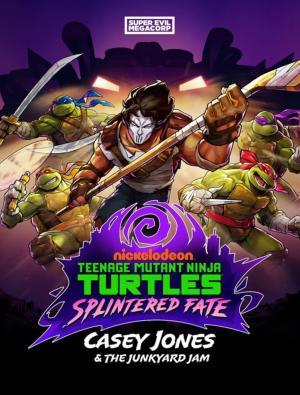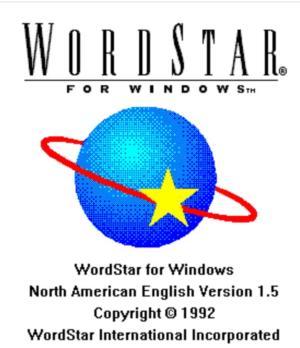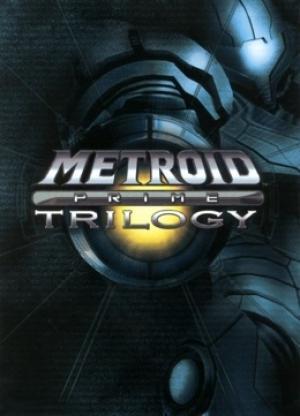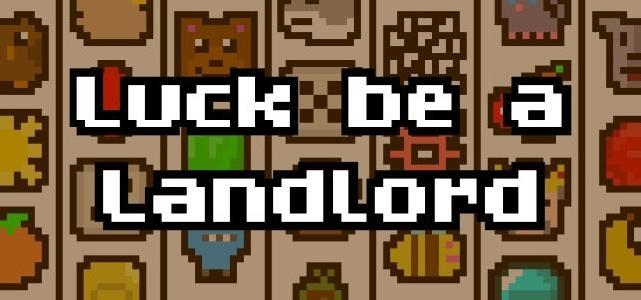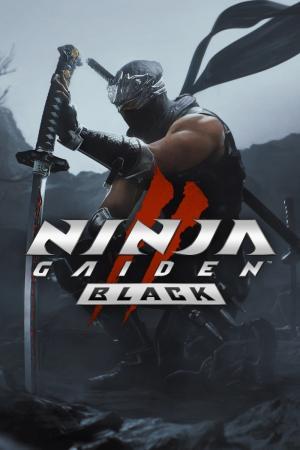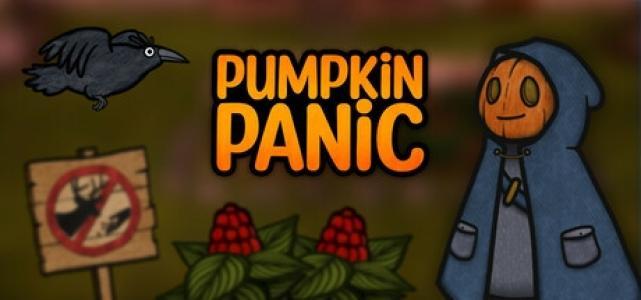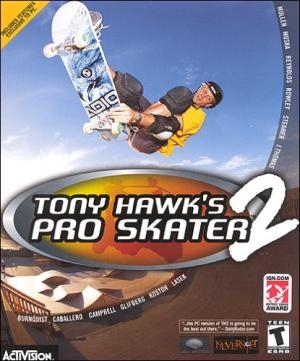
| Console: | PC |
| TV Standard: | Region Not Set |
| Developer(s): | Neversoft Entertainment |
| Publisher(s): | Activision |
| Release Date: | 2000-10-31 |
| Players: | 2 |
| Co-op: | No |
| ESRB: | T - Teen |
| Type: | Sports |
The player, playing as a professional skateboarder (either real-life or created) completes a number of tasks which result in cash rewards. With money gained, the player can then purchase skill improvements and better tricks and skateboards. Tony Hawk's Pro Skater 2 was also the first game in the series to introduce the manual, a skateboarding trick where the performer balances on two wheels. This improved players' ability to string together high-scoring trick combos. Many new tricks were introduced for the first time, as was the option to edit the combinations for tricks. It was also the first of the Pro Skater games to feature Create-a-Skater and Park Editor features, now staples in the series. Three new professional skaters were introduced to the series on this game: Steve Caballero, Rodney Mullen, and Eric Koston.
Most of the levels in Tony Hawk's Pro Skater 2 are designed for the player to complete 10 tasks in a two-minute time limit. Such tasks include finding the five letters of the word SKATE, finding 5 of an object specific to the level (hall passes in the school level for example), three tasks related to the score (as opposed to two on the first game), a particular grind, and finding a hidden tape somewhere in the level. Cash is also scattered around the levels in order for players to find, with a bonus once the level is fully cleared. Once a player has enough cash, they can continue on to a new level. The maximum amount of money that can be obtained in a single skater career is $150,000.
The other type of levels are competition levels, which consist of three one minute sessions, from which the player can only advance once they have won a medal, which also comes with a cash prize depending on which medal was won. At the end of each session, five judges score the round, with only the best three scores counting. The rating by the judges that a player receives in a competition is based on how much they score, variation of tricks, bails, and how much of the level they have used.The lowest score is then taken away at the very end of the competition, leaving the average of the other, higher two scores as the final result. There are three minute-long runs in total. Competition levels also contain hidden cash like the regular levels.

